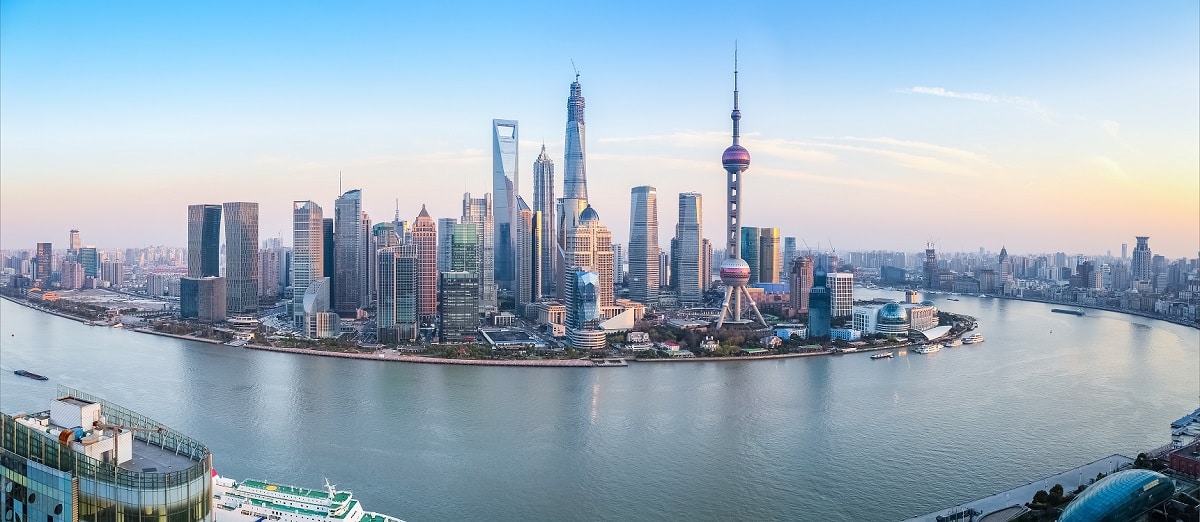Managing Asia: a Changing Landscape

Technology has collapsed our traditional understanding of time and space dating back centuries. In the 25 or so years since the Internet began to make a noticeable appearance on the world stage, time has been reduced to nano seconds and ubiquity been given meaning.
The Convergence of Consumers is a direct outcome of the power of technology and is seen in the marketing of goods and services. Information captured from social media and other internet channels can enable advertising to be delivered with precision to targeted groups of consumers and bringing them together, resulting in far higher efficiency and effectiveness, and lowering cost.
How Technology also drives HR and Talent Trends takes a little more digging.
Skype, emails, digital conferencing systems and similar tools have enabled easy communication among offices no matter the location. Communication can be ‘virtual’ with real time video link, and productivity has increased through reducing dramatically the time and cost of air travel from times past.
As a result, Regional offices are now kept small, and young people do not see much of a career path working in them. In multinational companies they may have more expatriates, but the local talent pool is small. For bigger exposure and operational experience, young people would prefer the big and growing markets such as China.
In the business sense, the Asia Pacific is too big a Region to have just one Regional Office. It works better to manage Asia as regions of North, North East and South Asia.
In terms of the size of the talent pool in Asia, China’s pool is big but not comparatively talented yet; Australia and India are both big and with better talents; Korea is a ‘maybe’ for both size and talent. The challenge is how to utilize the more developed talent pools, say from Australia, New Zealand and indeed India, to bridge the gap in the developing countries. By the same token, the managerial level of local people in Asia usually has high achievement motivations. They work hard, and technology is helping them on their career pathway.
The challenges of managing a fast developing landscape such as Asia will continue. It is a steep learning curve that makes life and career both exciting and rewarding!
(Based on a conversation with Boyd Williams, Regional Human Resources Director of Asia Pacific for Bacardi-Martini in Hong Kong.)


